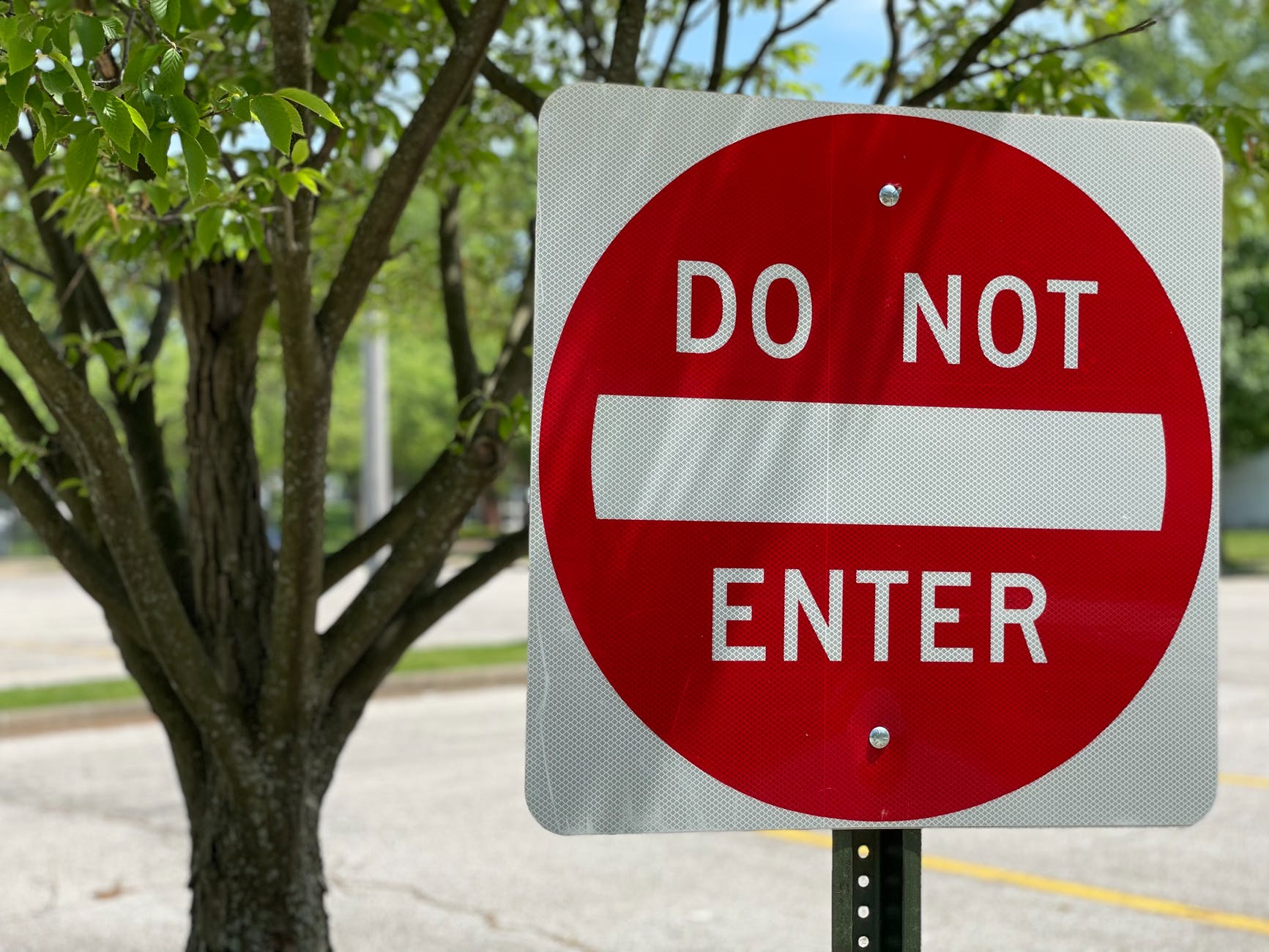Health plans must be careful to manage provider exclusion lists correctly. For government plans, such as Managed Medicaid and Medicare Advantage, there can be stiff penalties for paying providers who appear on an exclusion list. Commercial plans often take the lead from government programs in terms of who they will contract with and pay.
What is a Provider Exclusion List?
Simply put, a provider exclusion list is a list of providers that are not allowed to receive payment for rendering services. These lists are most often within the context of government-funded health plans. There may be many different lists that a health plan must check before making payment to a given provider. Because providers can go on and off of these lists, health plans must check their providers against these lists regularly. This includes providers that are not part of their network that may request payment for services.
When a health plan fails to correctly identify excluded providers, they can end up making payments to those providers. When an auditor identifies these payments, they can issue fines against the health plan. So it is important to have a rigorous process for managing provider exclusion lists.
How Many Exclusion Lists Are There?
Put simply, there can potentially be many exclusion lists that a health plan has to manage. There are lists published by various entities.
- CMS Preclusion List
- OIG List of Excluded Individuals/Entites (LEIE)
- TRICARE Sanctioned Providers (for TriCare/Military plans)
- State Medicaid Agency Exclusion Lists
Managed Medicaid plans must work with the State Medicaid Agency that oversees their contract to obtain exclusion lists for that state.
How Health Plans Can Be Compliant
You should become familiar with the regulatory requirements for your health plan. Your compliance department or payment integrity team can help you understand the specific requirements in detail. These may vary if you operate multiple lines of business.
You should also ensure that you have correct provider data to start with. It is important to have correct NPIs on file for each provider. Remember that this includes both in-network providers as well as non-participating providers. In-network providers often go through credentialing and re-credentialing processes. However, the process for non-participating providers may not be as rigorous. All providers should be checked against the relevant exclusion lists.
You should have a system that allows you to check providers against multiple provider exclusion lists. The system should be capable of identifying exact matches as well as “fuzzy” matches. This is important because exclusion lists may not publish NPIs for all providers. An exclusion list may also publish location information that can differ from what you have on file. This makes it important for your provider data system to have capabilities to identify possible matches (or “hits”).
Once the system has identified a possible hit, you will need a process to perform the research and determine if the hit is valid. This involves having a robust provider workflow management system. Your system should allow you to rule out a hit as a false positive and prevent that hit from triggering again for that provider. Without this capability, your team will end up re-verifying possible hits each time you process against exclusion lists.
Finally, ensure that you are processing all providers against the relevant exclusion lists on at least a monthly basis. These lists change regularly and you should seek to minimize your exposure by automating the processing to the greatest degree possible.
Preventing Claims Payments to Excluded Providers
Once you have identified a true hit, it is important that your claims system have the capability to deny claims for those providers. You may need to perform some analysis to determine if you have paid that provider during their exclusion period. If so, you should work to recover those funds.
Most claims systems have the ability to automatically deny claims from specific providers. This can usually be done using denial codes, edit rules, or by assigning a specific type of contract to the provider and setting all claims that match the contract to be denied. Be sure to configure an appropriate claim adjustment reason code to indicate that the billing provider is not eligible to receive payment for the service billed.
Streamlining Your Exclusion Processing
It’s important to have an automated process for identifying possible exclusion hits. Equally as important is the ability to manage the research and subsequent actions related to positive identification of an excluded provider. Maven One Rules Engine and Maven One Streamline work together to provide these capabilities. Reach out to us today to find out how we can help our team remain compliant while freeing up valuable time and resources.

